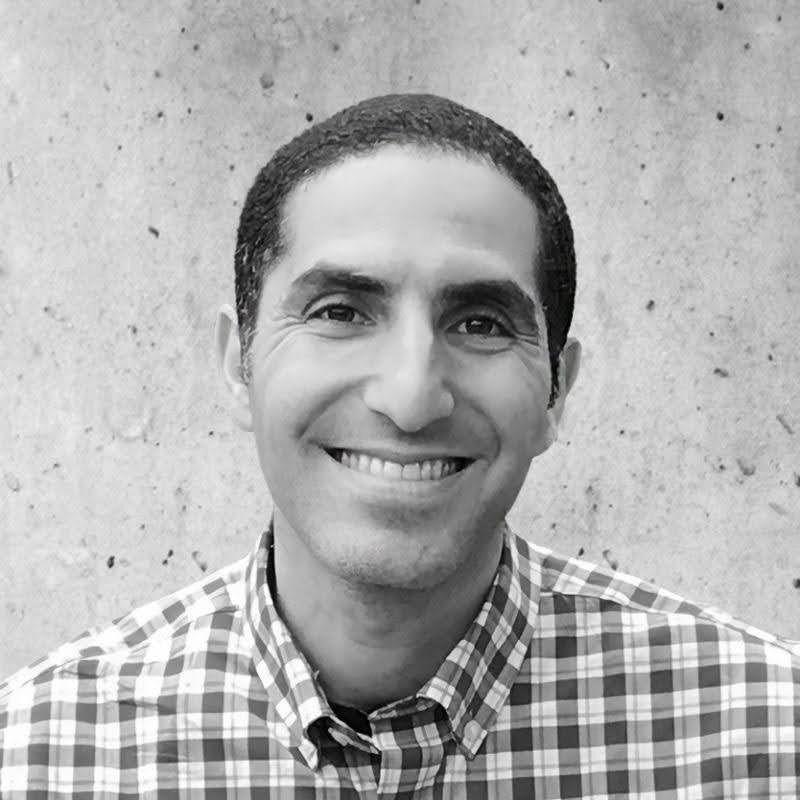While Indonesia is churning out millionaires by the dozens, the country's private banking sector is facing its own share of challenges – to establish new strategies and cater to the demands of wealthy clients, with their newly minted riches. However, with steady growth projections, opportunities for wealth managers are abundant. Valentina Romeo reports
After the Asian financial crisis and the fall of the long-ruling dictator General Suharto in 1998, Indonesia has undergone a remarkable economic and political transformation.
Since 2007, there have been improvement across Indonesia's banking sector as well as domestic consumption, and national economic growth has accelerated to over 6% annually. Between 2009 and 2013, this approximately 250m people nation has also recorded high levels of GDP growth, averaging at 5.9%.
Currently, Indonesia has the largest GDP in Southeast Asia at $870 billion, according to recent figures from the Boston Consulting Group (BCG).

How well do you really know your competitors?
Access the most comprehensive Company Profiles on the market, powered by GlobalData. Save hours of research. Gain competitive edge.

Thank you!
Your download email will arrive shortly
Not ready to buy yet? Download a free sample
We are confident about the unique quality of our Company Profiles. However, we want you to make the most beneficial decision for your business, so we offer a free sample that you can download by submitting the below form
By GlobalData
While the country was weathering the financial crisis, the total number of its HNWIs increased by 67% to 37,400, higher than any other country in the world, says PBI's sister company WealthInsight. The number of Indonesian millionaires is expected to increase significantly, by 22.6%, in 2014 itself.
That makes Indonesia stand out from the crowd ranking first in the WealthInsight's top ten countries set to create the most millionaires in 2014, right ahead of India, Nigeria, and the US.
Indonesia now also has a new President in Joko Widodo or Jokowi, and the promise of change and growth is dominant.
Growing opportunities
Compared to India, where HNWIs only increased by 28% between 2009 and 2013, the number of Indonesian millionaires rose by 62, adds WealthInsight.
Ken Timsit, partner and managing director, BCG in Jakarta says total liquid wealth of Indonesian households is estimated at $377 billion (onshore and offshore), which is less than half of Singapore or Malaysia.
However, he says wealth in the country is fairly concentrated and, as a result, households with more than $1 million investable assets represent more than half of the market, or about $200bn in AuM.
"If we look only at households with more than $20m in AuM, Indonesia is actually the largest market in Southeast Asia at $110bn in AuM, even slightly ahead of Singapore," Timsit says.
Timsit and his team expect continued wealth creation in Indonesia, at close to 10% annual growth per annum on average.

The main factor that has contributed to the rise in wealth is the proximity between Indonesia and China. With the Chinese population demanding more raw materials, Indonesia is in a prime location to offer coal, allowing its raw materials sector to record the highest proportion of UHNWIs at 37%, WealthInsight reports.
With HNWIs increasingly entering the market, more wealth management companies and luxury goods brands can be expected to step into Indonesia as well.
Lynn Hermijanto, MD and RM wealth management, Deutsche AWM Southeast Asia, says, "For every private bank in Southeast Asia, 60-70% of their relationship managers cover the Indonesian market."
Adapting to a new landscape
WealthInsight research shows that wealth managers are adopting new strategies in Indonesia, which includes widening the target clientele. RMs are enhancing their service models to attract new investors, as most portfolios are considered traditional.
"UHNW individuals are primarily first and second generation entrepreneurs and they continue to be served mainly by offshore banks, especially in Singapore," BCG's Timsit says.
"Indonesians want to keep things simpler on the investment side compared to eight years ago", says Hermijanto, having adopted a conservative approach in their investment philosophy "post the Asian and Lehman crises".
The top 5-10% of the wealthiest in Indonesia have also started to establish family offices to run their money, but "they don't have the sophistication levels of North America or Europe", Hermijanto says.
As of June 2014, Deutsche AWM's private client AuM for APAC stood at approximately €41bn ($53bn).
Currently, Hermijanto manages 10 key family relationships, each at over €200m to €300m AuM, and is servicing them on investment and corporate banking initiatives as well as wealth management.
Timsit estimates that clients will continue to look for high touch relationship management and are also increasingly demanding global investment opportunities.
The $1-20m wealth band, a diverse and fragmented segment, will continue to grow – becoming a sizeable target market for private banks, Timsit adds.
An increasing number of Indonesian HNWIs and UHNWIs are favouring deeper engagement with wealth managers, leading to an overall movement from discretionary to advisory business models.
"Most of the billionaires think they are smarter than money-managers, so it is very hard for them to just hand money to a professional and have no say in that. A lot of Indonesian clients want to control everything, which makes the development of professionally-run family offices a bit more complex," says Hermijanto.
Traditional business models, based mainly on asset management, will also shift to new business strategies, which fit the domestic clients' needs. Offerings will concentrate on wealth planning, corporate and real estate advisory as well as financial investment solutions.
Overall, "the bank that can deliver the all-in-one-bank solution to clients will be the most successful,' suggests Hermijanto.

Far reach of investments
The world's focus on the MINT nations has increased trade and investment in Indonesia. However, a relatively poor higher education system and two nearby financial hubs in Singapore and Hong Kong could make Indonesia a difficult location to keep HNWIs interested in when it comes to investment prospects.
WealthInsight says 46.8% of overseas wealth is invested in Asia-Pacific, while 23% is invested in North America.
Tom Carlisle, analyst at WealthInsight, explains: "Investment in APAC is expected to increase to 49.4% by 2018, while North American investment will fall to 21.4% by 2018. This may be due to the increased prosperity of nearby countries such as India and Vietnam."
Timsit says that for Indonesian HNWI households, offshore assets are invested with a view of wealth preservation as well as hedging against structural risks of the family business – often commodity related.
However, the total share of onshore assets are growing, and currently stands at approximately 50%, Timsit adds. This is due to the growth of the lower HNW segment that tends to have a greater proportion of assets onshore, and the continued improvement of the country's risk performance since 2008.
As more than 80% of onshore investable assets are still kept in cash or equivalents, opportunities are abundant for private banks to lure more clients into the wealth management space. "A growing trend is alternative investments and technology/internet related investments," Timsit adds.
Zeena Dahdaleh, associate portfolio manager, RBC Global Asset Management adds: "The key theme in the Indonesian market for 2014 and beyond will be 'reform'. We believe that the Jokowi government will put a greater focus on infrastructure and energy reform especially."
In terms of HNWIs asset allocation, from a current mix of 50% cash and equivalents, 30% bonds and 20% equities, BCG sees the weight of equities gradually growing, although it is highly sensitive to market conditions.
Foreign players take control
Indonesia's private banking industry is dominated by global players, primarily operating from Singapore. Banks such as UBS, Credit Suisse, Citi, JP Morgan have built a strong brand among Indonesian HNWI. At the same time, there have been substantial investments by regional banks like DBS, Bank of Singapore and Maybank.
According to Hermijanto, foreign private banks have an advantage, as wealthy Indonesians prefer them to local players.
Indonesia, however, has limited opportunities to become a major private banking hub in Asia. Due to the quality of its higher education system, the country does not have a work force with necessary skills to compete with Singapore or Hong Kong's sophistication.
Additionally, even as AuMs are growing fast in Indonesia, that is not translating into profits for many banks that have rushed in to tap growing wealth.
Domestic banks are trying to provide a high level of service and product range, especially in the Islamic finance space, to increase competition with neighbouring jurisdictions. However, Timsit says, "In the short term, it is important to manage the profitability of the banking model, given that customers negotiate rates and it costs a lot to recruit and retain RMs."
Eventually, the biggest strategy question for banks could be whether or not Indonesia will develop a truly thriving onshore private banking industry, adds Timsit.







